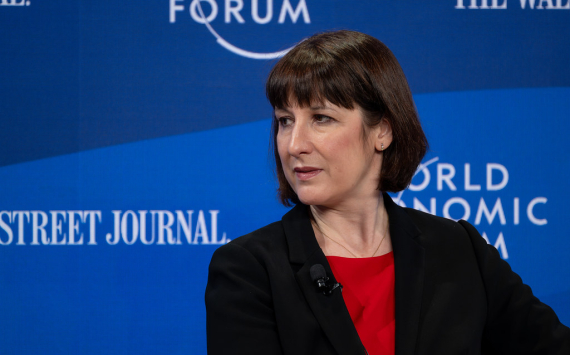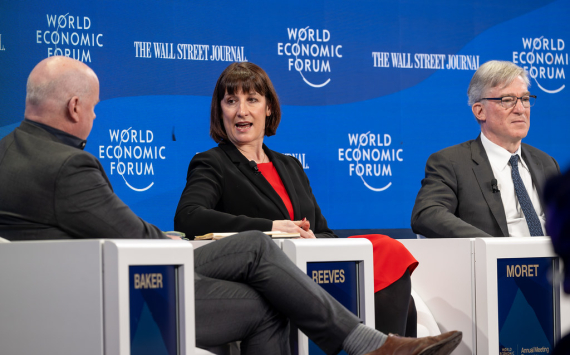
Britain's GDP in the future
UK public debt could reach 320% of GDP in 50 years, up from the current 96%. This is according to a report circulated by the Office for Budget Responsibility (OBR) on Thursday.
The United Kingdom's debt burden will increase because of falling income due to the decarbonisation of the economy, as well as rising costs caused by an ageing population. To cope with the rising level of public debt and return to the pre-pandemic level of 75% of GDP, the government needs to raise taxes or cut spending by 1.5% of GDP, experts say.
In 2022, the British cabinet allocated 1.25% of GDP to help citizens cope with the rising cost of living.
Analysts said if the authorities continue to provide similar support to the population and energy prices remain high, government borrowing could rise by £40 billion (about $48 billion) between 2023 and 2024.
Richard Hughes, chairman of the OBR, said Britain's debt burden has increased by £1 trillion compared with forecasts 20 years ago after a series of economic shocks, and there is no reason to believe this will stop.
Moreover, Richard Hughes said it is clear that governments should consider increasing defence spending now that the geopolitical and economic outlook is becoming increasingly uncertain. He said this means that the need to protect public finances is likely to require more trade-offs.
The British government has previously unveiled a plan for a "green industrial revolution" that would involve spending £12 billion to achieve the ambitious goal of zero manmade greenhouse gas emissions by 2050.
What's more, the kingdom is expected to switch gradually to a way of producing and living that will steadily reduce its carbon footprint.







































